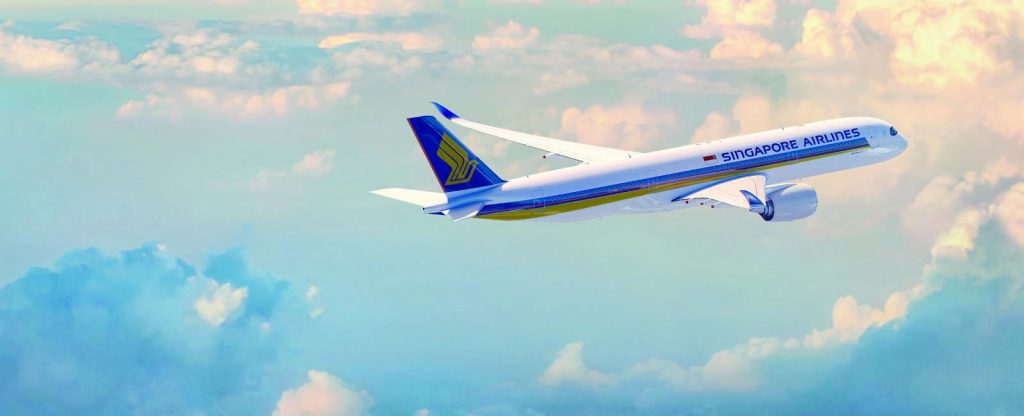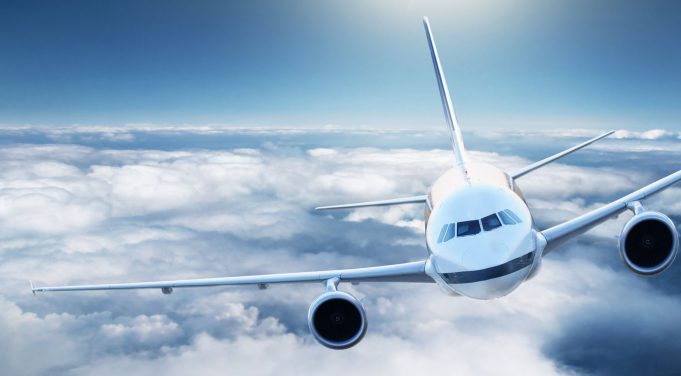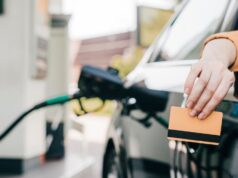July 11th, 2016 – on the first day of 2016 Farnborough International Airshow, Boeing released its annual market outlook for the aircraft market. The company estimates a demand for 39,620 new airplanes over the next 20 years. The total value of these new aircraft is projected to be $5.9 trillion. Last year alone, commercial aircraft worth $124 billion were delivered to the customers globally.
Have you ever wondered how airlines buy aircraft that cost more than the GDP of many countries? Who actually owns these aircraft? Who are the major players in the ecosystem? We have created the following infographic to explain the intriguing world of aircraft & airlines.
Understanding The Role Of Major Players In The Airlines Ecosystem
Buying an aircraft is an expensive proposition for already cash-starved airlines. Very few airlines can afford to pay cash for all their fleet. Airlines use export credit agencies, leasing companies, commercial banks, and engine manufacturers to buy the aircraft from aircraft manufacturers.
- Export credit agencies provide government-backed loans, guarantees, and insurance to buy aircraft.
- Leasing companies provide secured lending, operating leasing, and finance leasing facilities.
- Commercial banks offer lending services, and
- Engine manufacturers offer lucrative options to convert fixed engine cost into long-term variable cost.

Understanding The Intriguing World Of Aircraft & Airlines
Airline companies have the option to buy aircraft directly from the manufacturer by obtaining loans from commercial banks or invite leasing companies to conclude the deal with manufacturers on their behalf. Companies also adopt a hybrid solution. In the hybrid version, airlines work with banks to get initial deal signing amount to buy the aircraft directly from the manufacturer and simultaneously conclude deals with leasing companies to sell them the aircraft. We have explained this hybrid version below.
To get the new aircraft, airlines negotiate hard with aircraft manufacturers to get massive discounts on the rack rate. Discounts vary from 10 to 40 percent depending on the order size, aircraft type, engine, and interior required. After negotiating the selling price for the aircraft, airlines pay the initial deal signing amount – around one percent of the cost of the aircraft to the manufacturer. This initial amount is normally financed as the long-term loan by commercial banks.
After buying aircraft directly from the manufacturer, airlines conclude a deal with a leasing company to sell them the aircraft. This helps airlines get the requisite amount to pay to the manufacturers and get the ownership papers. Airlines then conclude a ‘sale-leaseback’ deal with the leasing company for a pre-determined period of time.
The cost of the aircraft engine is excluded in this whole process of buying and leasing so far. Airlines negotiate separate deals with engine manufacturers. They conclude ‘pay-per-hour’ deals with engine companies: paying them for every hour an engine is used than paying for the engine in one go.

Understanding The Revenue Models Of Aircraft & Airline Industry
Airlines generate sales from travelers for providing air travel services. Aircraft manufacturers get aircraft cost and recurring revenues by offering aircraft and Maintenance, Repair and Overhaul (MRO) services. Leasing companies release the aircraft to airline companies and get lease charges. Engine companies get periodic premium service revenues for offering engine free and charging MRO services at a premium. Commercial and export credit agencies get loan interest for offering the loan guarantee.
We hope you are as thrilled as we are to simplify the understanding of aircraft & airlines industry. Do not forget to share it with your friends, if you have liked the post.








